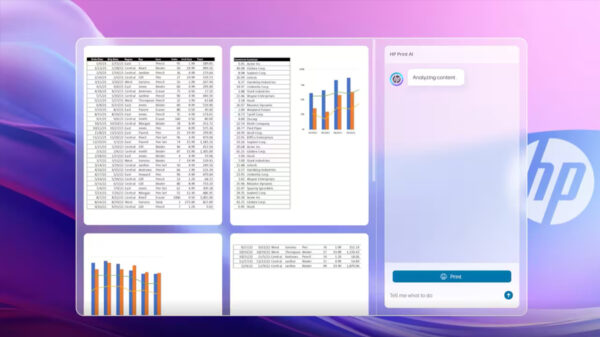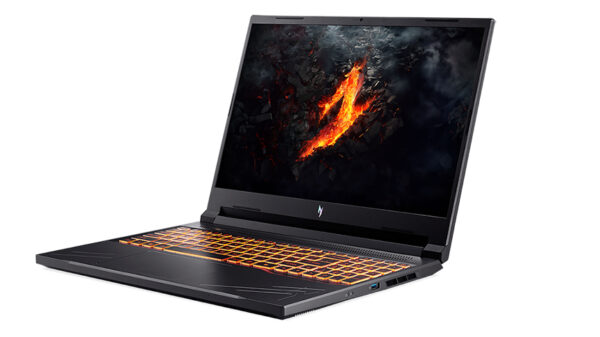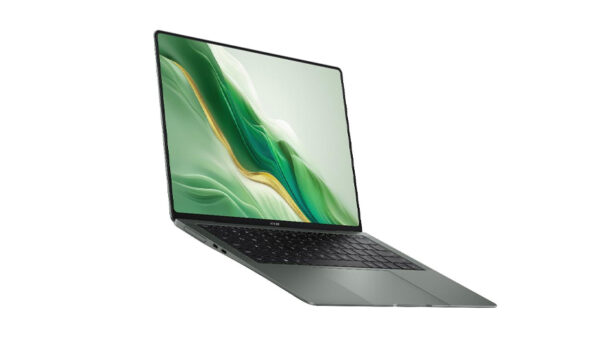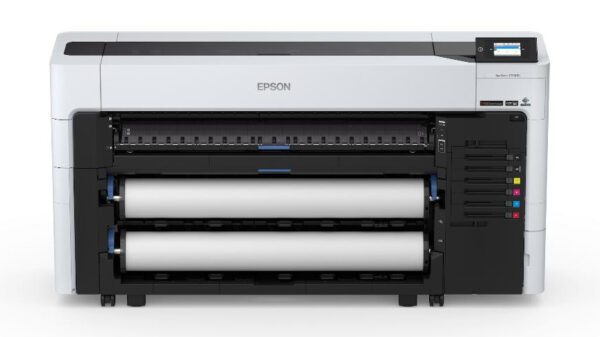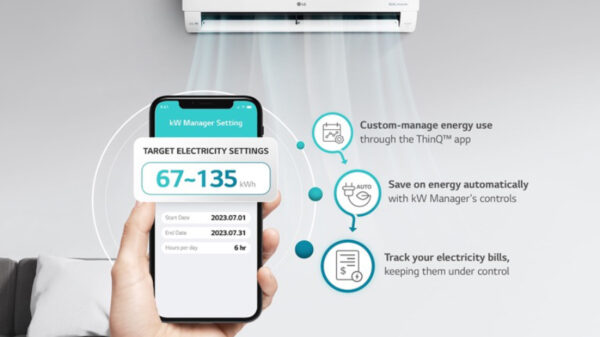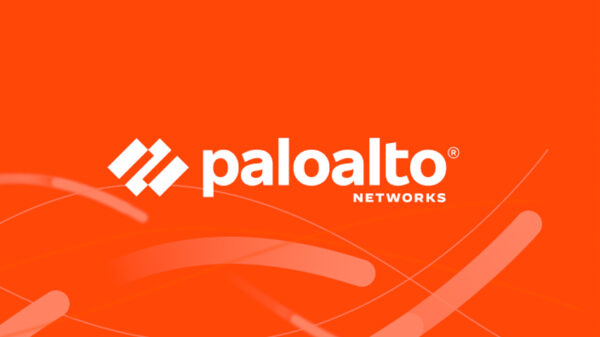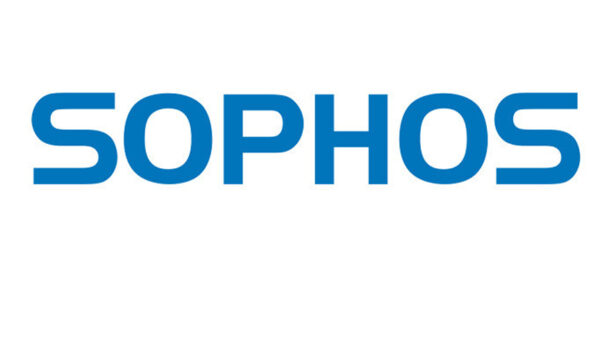By Guy Matthews
Editor of NetReporter
SD-WAN has been the most notable success story in the enterprise networking market of the past decade. Few would dispute this assertion. It has revolutionized wide area connectivity by helping to virtualize enterprise networks, and provide several value-added services in addition including application performance and security. It has meant farewell to the bad old days of buying endless discrete boxes, plugging them in and manually configuring them. With SD-WAN you have a software-based networking platform that can work with any off-the-shelf hardware, and one you can manage from the cloud. It means you can add additional applications when you like, and connect directly to any cloud services. It is made for our modern multi-cloud world, and was a key productivity enabler in the pandemic.
“It’s a really interesting sector that I started following about eight years ago,” says Scott Raynovich, Founder and Principal Analyst of independent consulting firm Futuriom. “Now we have a multi-billion dollar market which has exceeded many people’s expectations. When we first did a report on this market we projected it would hit a multi-billion dollar run rate, and indeed it has now crossed the $2 billion dollar mark.”
Among the more contemporary drivers for SD-WAN is the ‘work from anywhere’ hybrid working ethic of the past year or two: “This has increased security needs, and demand for virtualized security networks,” he notes. “This is helping the SD-WAN market as it expands into an area known as SASE, or secure access service edge. This is going to spur the development of additional security and other value-added services that can be packaged with SD-WAN. Once you have the basic SD-WAN platform, you can add different security functionality whether that’s threat detection or antivirus or firewall-as-a-service. All these security services are being bundled and integrated with the basic SD-WAN platform so it’s becoming something of a Swiss army knife for any networking service.”
Another thing Raynovich hears from end users is that they like the flexibility and the management aspects of SD-WAN: “They can log on to a portal and set up templates to manage hundreds of branches if they want,” he explains. “SD-WAN is also starting to extend into multi-cloud, by connecting to fabrics from colocation facilities such as Digital Realty or Equinix, or connecting to the large cloud providers like Amazon. We’re also seeing integration with enterprise branch wireless to leverage 5G and Wi-Fi 6 so you can have a seamless branch that can do everything – SD-WAN, 5G, Wi-Fi connectivity, all on a secure connection.”
The pandemic environment has driven awareness of digital network strategies, says Raynovich: “People are asking questions like how are they going to manage networks virtually. How are they going to set up different networks, and move them around more quickly. SD-WAN plays directly into this.”
He sees SD-WAN becoming part of a wider digital transformation strategy, able to provide a more efficient remote user experience, security application control and better collaboration.
To discover more about SD-WAN’s future role and its part in transformational strategies, Raynovich spoke to a cross section of experts including Archana Khetan, Head of Product, Enterprise Routing with networking vendor Cisco. She says that even before the pandemic hit, Cisco was already rethinking the network edge and secured access to applications in a fundamental way, a way that defined its SD-WAN strategy.
“You have to provide connectivity to any user, irrespective of its location, to any application, whether it be cloud, hybrid cloud or multi cloud, and across any type of transport or services,” she says. “When the pandemic hit, we already had the solution from a technology perspective available to us, Now I look at how the SD-WAN market has evolved over the last year, and I would say we’re in the very early phases of the journey.”
She says Cisco customers wanted two main things from SD-WAN: “They wanted a better user experience, one that allowed for the flexibility to divert traffic based upon where the application is actually located,” she explains. “This is exactly what the value of SD-WAN has been in a cloud centric world. And the second issue we saw was from the IT side which was about teleworker solutions, automation and zero-day provisioning at scale.”
Representing the end user community in the discussion was Martin Curley, Director, Digital Transformation & Open Innovation with the Health Service Executive, Ireland’s national health service.
“In the very early days of COVID hitting our shores here in Ireland, we quickly prototyped a solution that would allow us to remotely manage COVID-19 patients in their home and provide the same or equivalent service,” he recalls. “Currently we have more patients being remotely monitored in homes than are in an acute hospital, so that was a big success. Normally to deploy a solution like that would take two to three years, based on previous projects which have been deployed. But we were able to go from concept to deployment across 30 acute centres in Ireland in just five weeks. Agility was enabled and specifically driven by the need.”
From the vendor side, Mark Vondemkamp, VP of Product in the Service Provider and Edge Business Unit of VMware recalls how the pandemic forced the company to go back and look at hardware and software features in its roadmap: “Work from home has unique requirement, especially with respect to privacy,” he points out. “We’ve accelerated the offerings in our secure SASE strategy. Our secure access solution basically provides another on ramp to the network. We’ve offered a new cloud web security solution to help protect our users from threats on the internet, and enterprises from the misappropriation of data.”
So what’s driving the next wave of SD-WAN? “It’s about agility, it’s about cost, it’s about performance, and it’s about security,” says Curley of the HSE. “When you line these all up you have a perfect storm. “The potential for every citizen in Ireland to be attached to our network is a real driver. We’ve deployed a living lab methodology in Ireland. We have about 40 living labs where we’re testing new technologies in-situ. We want to change the orientation of the system from being reactive and trying to fix problems, to actually keeping people well. This could change the characteristics of our network, having five million citizens being part of our network as well as 3,000 different buildings and lots of service providers.”
Vondemkamp of VMware points out that users are all starting transformation from a different place: “They have different solutions in place so as they look at transformation they’re not wanting to necessarily rip and replace,” he says. “They basically need a platform that gives them a roadmap to evolve over time that may mean staying with some of the vendors that they have already. It may be looking at services that can be offered in a more tightly integrated fashion. They might need the same services in the home that they offer in the office. They need risk-based access, for all, so we’re seeing rising interest in Zero Trust principles.”
SD-WAN, of course, does not stand still. It evolves and merges with other technologies. As we start to see SD-WAN and SASE converge, Curley of the HSE is keen not to have two separate procurement processes: “Couple SD-WAN with with Zero Trust and I think you probably get the best of both worlds,” he believes. “Less hype, more delivery would be the message from end users.”
Looking further ahead, Vondemkamp of VMware sees the next three to five years as potentially interesting for customers and providers: “Vendors are going to have to be at the top of their game,” he concludes. “It’s a big market, and a growing market. We all want a piece of that pie and the only way that we’ll be able to get that is by delivering value. From a VMware perspective it’s about delivering value, solving problems and making sure that we have happy customers.”




























